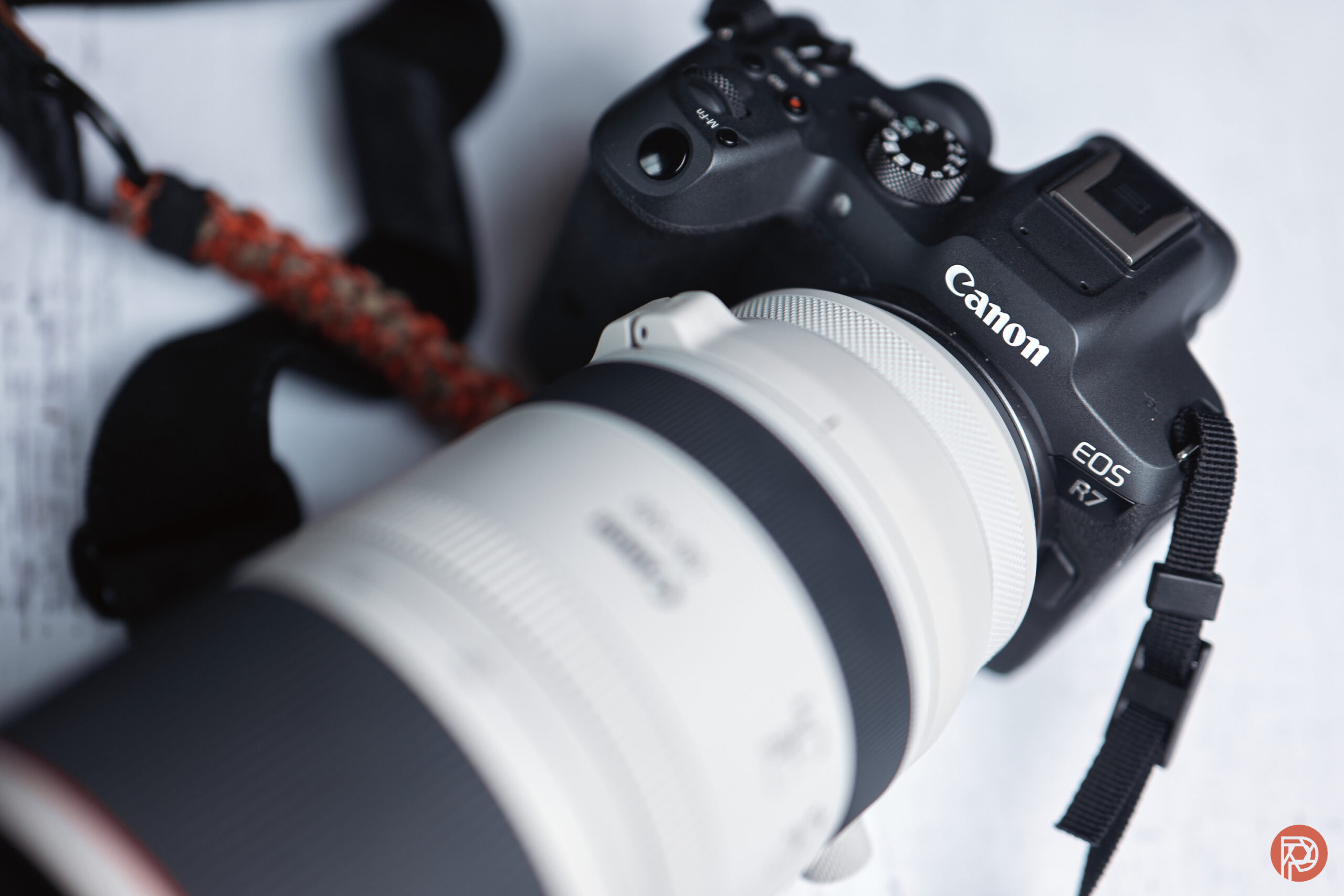
Spread the love
Canon cameras have been quite popular, and the Canon R7 is one such model. An APS-C device, the R7 is an all-around performer, and it can be used by photographers shooting portraits, wildlife, or still life. While the camera has some exceptional capabilities, it is still three years old, with the question of Canon R7 II surfacing. Per new reports, the company is reworking some parts of its successors, such as the LCD. Here is a look.
According to Canon Rumors, the Canon R7 II has been spotted “in the wild.” The camera is said to be released in the next few months, but the timeline still remains unclear. However, from the images the publication received, there are several changes. The report states they can’t share the images right now, unless they are granted permission, but they can list the differences:
- The camera body is larger than the EOS R7.
- The EVF protrusion has been enlarged.
- The joystick has been moved to a more conventional position.
- The rear LCD monitor appears to be tiltable up and down, but it doesn’t have the sideways flip-out mechanism seen in the original camera.
- The attached lens indicates that this is an APS-C camera, not a 6-series camera. While RF-S lenses are possible on full-frame cameras, it’s pointless.
- There’s no top-down LCD.
However, as reported earlier, the lack of a mechanical shutter has not been confirmed. If this does not happen, it is possible we will continue to face blackouts in the viewfinder. There is also no report about the sensor the camera will use, as it is said to be the “baby” R1 for many.
However, the design changes indicate a stronger camera, which is exciting considering the R7 was quite unique in itself. The larger body could be a challenge, as mirrorless cameras are supposed to be slimmer and smaller. The tilting LCD and the lack of a top-down display also indicate that this camera may be more high-end, not the APS-C version of the EOS R5 Mk II or the R1.
Either way, Canon has to ensure that the camera they launch is able to be far more excellent than the original, since the R7 benefited many young photographers. As we said in the review itself, “As the spiritual successor to the Canon 7D series, the EOS R7 performs very well across the board. The changes to the ergonomics will be welcoming to new customers, and possibly divisive amongst the Canon loyalists. The build quality is outstanding when paired with equally weather-resistant lenses.” Until then, we have to wait and see what the company finally announces. After all, the final product is very different from the reports we see.

